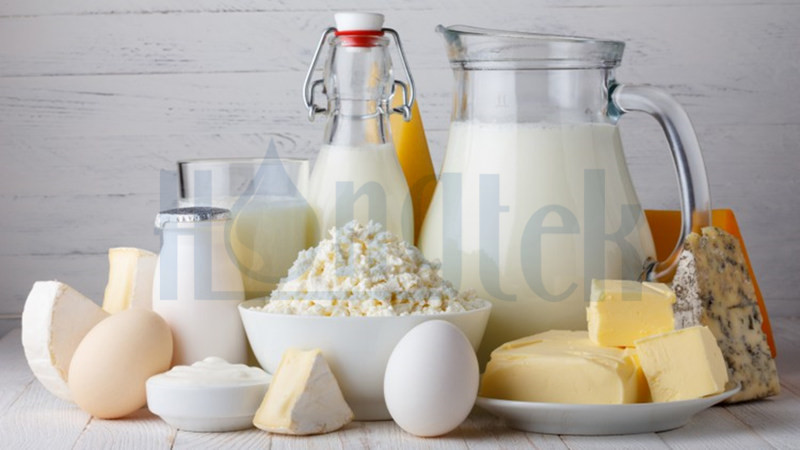
In dairy production, the traditional concentration process uses evaporative concentration technology. Although this method has the advantage of high evaporation efficiency, it is difficult to maintain the original flavor and taste of dairy products under high temperature conditions, resulting in a long production cycle and high energy consumption. While if membrane separation technology is adopted for concentration, since there is no phase change at room temperature, the energy consumption is low, and the equipment is simple and easy to operate. There is no need to match the heat source and vacuum system, which can effectively avoid the shortcomings of high temperature concentration. It keeps the molecular activity and the original mellow and smooth taste in the milk to the maximum extent.
The characteristics of the dairy grading process route are mainly reflected in the use of integrated microfiltration and ultrafiltration technology to achieve sterilization and purification of dairy products, creating a better working environment for the subsequent processes, so as to achieve a higher concentration effect and maximize maintain the original color, flavor and quality of dairy products.
The membrane separation process mainly includes the following processes:
1-stage, microfiltration sterilization and degreasing filtration stage: effective removal of bacteria, yeasts and molds in dairy products. Hongtek provides a series of microfiltration products, such as Melt Blown Cartridges, string wound cartridges and Pleated Filter Cartridges, that are suitable for pre-filtration of dairy production process.
2-stage, ultrafiltation casein separation stage: the separation of casein and whey protein.
3-stage, ultrafiltration whey protein separation stage: to adopt suitable Ultrafiltration Membranes to separate whey protein and loctose.
4-stage, nanofiltration concentration and desalination stage: namely lactose purification and desalination.
5-stage, reverse osmosis concentration and water discharge stage: desalinated water concentration and wastewater discharge.
The membrane separation process can achieve the desired purpose of the dairy product target even at low temperature. The separation and concentration of fresh milk and colostrum, and the classification of skimmed milk, the effective production time of equipment(UF, NF, RO) operation can be controlled. The operation is relatively stable and the energy consumption and the loss of milk product taste are greatly reduced.